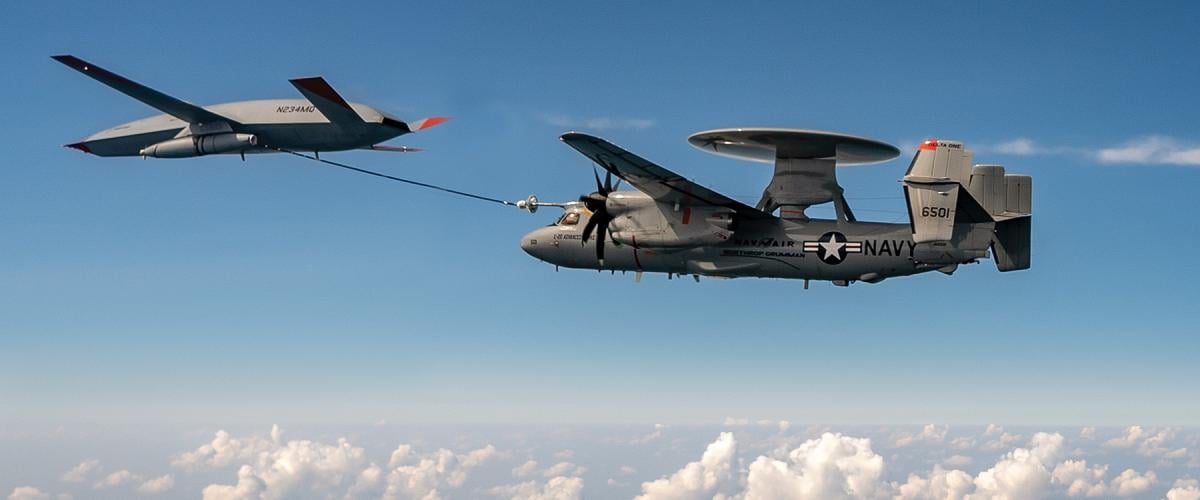Envisioning a Multirole Future for the MQ-25
https://www.usni.org/magazines/proceedings/2023/july/envisioning-multirole-future-mq-25

Submission Statement
Shrinking budgets and the increasing cost of naval planes and pilots have driven the US Navy to pare down its inventory to a few multirole fighters. The rise of larger UAS and their promise of increased customizability and affordability could possibly flip that dynamic on its head. This article offers a number of possible roles for a future version of the MQ-25, which is currently only designed for refueling. To do so, it draws on historical naval multirole aircraft, as well as strategies drawn from other branches of the force. The resulting article is a valuable resource on historical naval aviation, a reminder of the gaps that have yet to be filled in the modern USN inventory, and a demonstration of the flexibility that cheaper, more attritable capabilities can bring to a force.
Josh Hano is a junior-grade lieutenant in the US Navy.
At the Naval Institute’s July 2022 “Maritime Security Dialogue: Naval Aviation Update,” Rear Admiral Andrew J. Loiselle, director of the Air Warfare Division on the staff of the Chief of Naval Operations (OpNav), articulated what has long been discussed regarding the MQ-25 Stingray, stating that it will initially be a tanker, but that the Navy has “not nailed down an exact concept of operations.”1 The MQ-25’s initial performance goal is to deliver 16,000 pounds of gas at a distance of 500 nautical miles (nm) from the carrier.2
Much ink has been spilled in Proceedings on the possibilities of this aircraft, but most of it has discussed those possibilities in speculative terms or in broad strokes concerning unmanned naval aviation in general.3 Others have thoughtfully proposed specific ideas on what the future of unmanned carrier aircraft should look like.4 More recently, a group of authors made clear the MQ-25’s value as a tanker and the prominent role it will play in enabling deep-strike missions for the air wing.5
Many have advocated for the MQ-25 to serve as a deep-strike asset, citing its low-observable features, long range, and lack of a human pilot in harm’s way.6 Indeed, some have argued that the MQ-25 would revive the deep-strike mission that the Navy lost when the A-12 Avenger program was canceled in 1991 and the A-6 Intruder was retired in 1997.7 Although the A-6 and the A-7 Corsair II performed superbly in attack roles, their range and payload were greater than anything the MQ-25 seems likely to demonstrate in the near future. Going back to the 1950s and ’60s, the A-3 Skywarrior and A-5 Vigilante evolved their focus on attack to emphasize refueling, electronic warfare, intelligence surveillance, and reconnaissance.
There are, however, incremental changes that could be made to the MQ-25 or a similar, follow-on platform and the associated concept of operations. Instead of pining for a stealthy, carrier-based unmanned aerial combat vehicle with long-range, capacity for heavy payloads of weapons and sensors, and greater maneuverability than modern fighter aircraft, the Navy should evolve the MQ-25 to complement—not replace—manned aircraft currently on the flight deck.